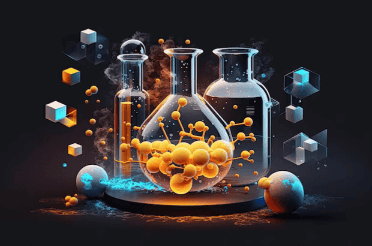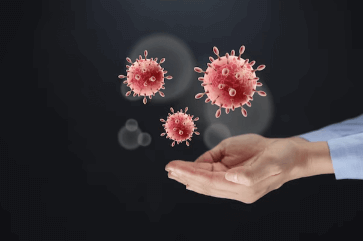Question
a.
Decrease in concentration of certain intracellular signal molecules called second messengers
b.
Increase in concentration of certain intracellular signal molecules called second messengers
c.
Decrease in concentration of certain extracellular signal molecules called first messengers
d.
Increase in concentration of certain extracellular signal molecules called first messengers
Posted under Biochemistry
Interact with the Community - Share Your Thoughts
Uncertain About the Answer? Seek Clarification Here.
Understand the Explanation? Include it Here.
Q. The binding of ligands to many GPCRs leads to ___________
Similar Questions
Explore Relevant Multiple Choice Questions (MCQs)
Q. A hormone or ligand can be considered as ___________
View solution
Q. Which of the following serves as a neurotransmitter in adrenergic neurons?
View solution
Q. Which second messenger signals the release of Ca⁺² from endoplasmic reticulum?
View solution
Q. GPCR is comprised of ___________
View solution
Q. The specificity of signaling pathways does not include ___________
View solution
Q. Which of the following directly phosphorylate tyrosines to start a kinase protein enzymatic cascade?
View solution
Q. PTB domains bind to ___________
View solution
Q. Scaffold protein in insulin signal transduction ___________
View solution
Q. Which of the following is involved in extrinsic cell death pathway?
View solution
Q. Which of the following converts GTP to cGMP to start its enzymatic cascade?
View solution
Q. Which of the following are stimulated to become membrane associated upon binding of insulin to the insulin receptor?
View solution
Q. Which of the following is involved in phospho-tyrosine binding?
View solution
Q. Which of the following is involved in proline rich motif binding?
View solution
Q. Which of the following is not a downstream component?
View solution
Q. Which of the following statements about Arabidopsis is not true?
View solution
Q. The 2-component system drives bacterial chemotaxis by coupling autophosphoryaltion of which receptor to phosphorylation of respective regulatory protein?
View solution
Q. Bacteria do not have which of the following receptors?
View solution
Q. A factor involved in regulating the fate of stem cells in plant development is _________
View solution
Q. The peptide trigger for the self-incompatibility response that prevents self-pollination is _________
View solution
Q. Autophosphorylation is done on _________
View solution
Recommended Subjects
Are you eager to expand your knowledge beyond Biochemistry? We've handpicked a range of related categories that you might find intriguing.
Click on the categories below to discover a wealth of MCQs and enrich your understanding of various subjects. Happy exploring!








